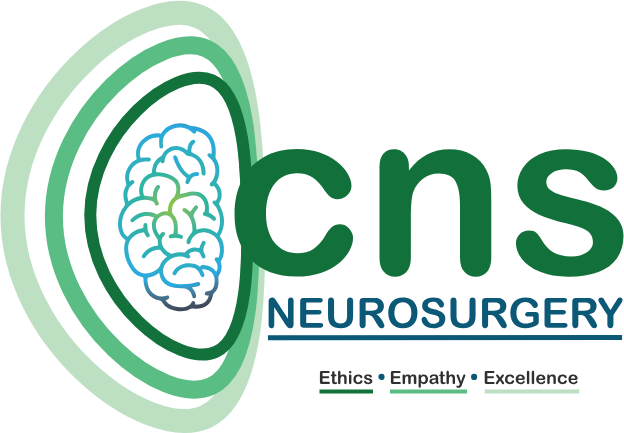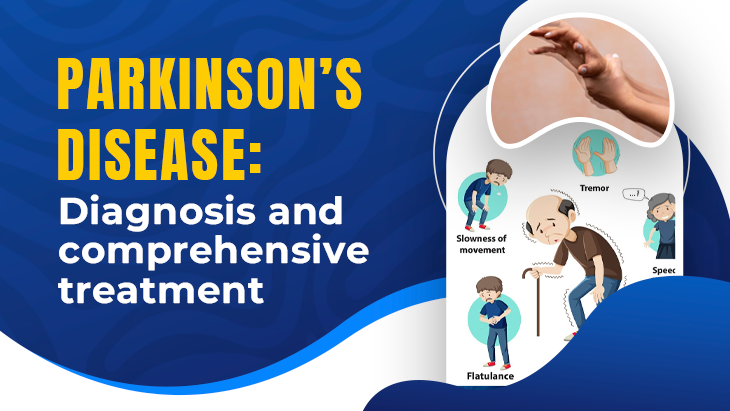Parkinson’s disease is a progressive neurological disorder that primarily affects movement. It is characterized by tremors, stiffness, and difficulties with balance and coordination. As one of the most common neurodegenerative diseases, Parkinson’s impacts millions of people worldwide. Understanding the causes, recognizing the symptoms, and exploring the available treatments are crucial for managing the disease effectively.
Causes of Parkinson’s Disease
The exact cause of Parkinson’s disease remains unknown, but it is believed to result from a combination of genetic and environmental factors.
1. Genetic Factors: While most cases of Parkinson’s disease are sporadic, meaning they occur without a clear genetic cause, about 10-15% of cases are linked to genetics. Mutations in specific genes, such as LRRK2, PARK7, and SNCA, have been associated with the disease. Individuals with a family history of Parkinson’s may have a higher risk of developing the condition.
2. Environmental Factors: Certain environmental factors, such as exposure to pesticides, herbicides, and industrial chemicals, have been linked to an increased risk of Parkinson’s disease. Additionally, head injuries and living in rural areas with high pesticide use may contribute to the development of the disease.
3. Age and Gender: Parkinson’s disease is more common in older adults, with the average age of onset around 60. Men are more likely to develop Parkinson’s than women, though the reasons for this gender difference are not fully understood.
Symptoms of Parkinson’s Disease
Parkinson’s disease symptoms typically develop gradually and vary from person to person. The primary symptoms are related to motor control, but non-motor symptoms can also significantly impact a person’s quality of life.
1. Motor Symptoms:
- Tremors: A common early sign, tremors usually begin in the hands or fingers and may spread to other parts of the body. The tremors often occur at rest and diminish during purposeful movement.
- Bradykinesia: This refers to the slowing down of movement, making everyday tasks such as walking, buttoning a shirt, or writing challenging. People with bradykinesia may also experience a shuffling gait and difficulty initiating movement.
- Muscle Rigidity: Stiffness in the limbs and trunk can limit the range of motion and cause discomfort. This rigidity can lead to muscle pain and cramping.
- Postural Instability: As the disease progresses, balance becomes increasingly difficult, leading to a higher risk of falls and related injuries.
2. Non-Motor Symptoms:
- Cognitive Changes: Some individuals with Parkinson’s may experience cognitive decline, including memory problems, difficulty concentrating, and slowed thinking. In advanced stages, dementia may develop.
- Mood Disorders: Depression, anxiety, and apathy are common among people with Parkinson’s disease. These mood changes can significantly impact a person’s quality of life.
- Sleep Disturbances: Insomnia, restless legs syndrome, and REM sleep behavior disorder (acting out dreams) are common in Parkinson’s patients.
- Autonomic Dysfunction: Parkinson’s can affect the autonomic nervous system, leading to issues such as constipation, urinary problems, and blood pressure fluctuations.
Treatments for Parkinson’s Disease
While there is currently no cure for Parkinson’s disease, various treatments can help manage symptoms and improve quality of life. Treatment plans are often tailored to the individual and may include medications, surgical interventions, and lifestyle changes.
1. Medications:
- Levodopa: The most effective medication for Parkinson’s disease, Levodopa is converted into dopamine in the brain, helping to improve motor symptoms. It is often combined with Carbidopa to prevent nausea and enhance its effects.
- Dopamine Agonists: These medications mimic dopamine in the brain and can be used alone or in combination with Levodopa. They may be associated with fewer long-term side effects than Levodopa.
- MAO-B Inhibitors: These drugs inhibit the breakdown of dopamine in the brain, prolonging its effects. They are often used in the early stages of the disease or in combination with other medications.
- Anticholinergics: These medications can help reduce tremors and rigidity but may have significant side effects, particularly in older adults.
2. Surgical Treatments:
- Deep Brain Stimulation (DBS): DBS involves implanting electrodes in specific brain areas to regulate abnormal electrical impulses. It is often recommended for patients with advanced Parkinson’s who no longer respond well to medications.
- Lesioning Procedures: These are less common but involve creating small lesions in specific brain areas to reduce symptoms like tremors.
3. Physical Therapy and Exercise: Regular exercise and physical therapy can help maintain mobility, flexibility, and balance. Activities such as walking, swimming, and yoga can improve overall well-being and reduce the risk of falls.
4. Lifestyle and Supportive Therapies:
- Speech Therapy: To address speech and swallowing difficulties, speech therapy can be beneficial.
- Occupational Therapy: This helps patients adapt their environment and activities to maintain independence.
- Diet and Nutrition: A balanced diet rich in fruits, vegetables, and whole grains can help manage symptoms and support overall health.
Conclusion
Parkinson’s disease is a complex condition that affects both motor and non-motor functions. Understanding the causes, recognizing the symptoms, and exploring the available treatment options can help individuals and their families better manage the disease. While there is currently no cure, advancements in medical research and personalized care approaches offer hope for improved quality of life for those living with Parkinson’s. Early diagnosis and a comprehensive treatment plan are key to managing the symptoms and maintaining a fulfilling life.
Consult Dr. Chirag Solanki: The Leading Parkinson’s Disease Specialist in Ahmedabad
When it comes to managing Parkinson’s disease, finding the right specialist is crucial for receiving the best care and treatment. Dr. Chirag Solanki, a renowned Functional Neuromodulation Surgeon based in Ahmedabad, is widely recognized as one of the top experts in treating Parkinson’s disease. With his extensive experience and dedication to patient care, Dr. Solanki is committed to providing personalized and effective treatment plans that improve the quality of life for his patients.

